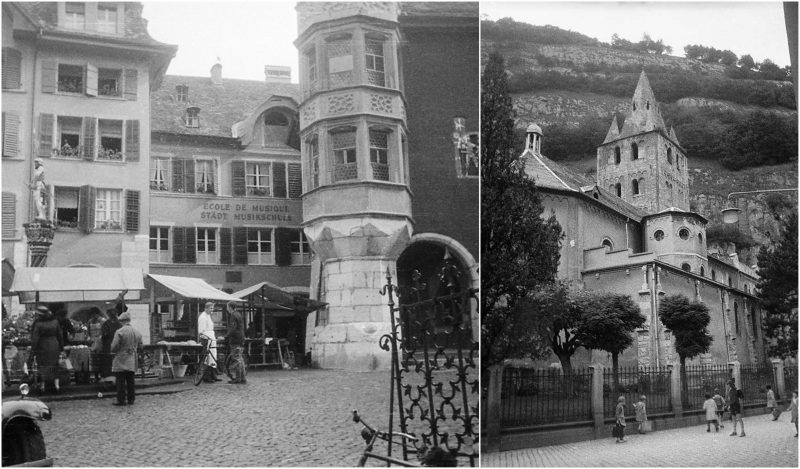This striking collection of photos was taken by the prolific Sweedish photographer Berit Wallenberg. The old photos document Switzerland in 1936.
Switzerland is one of the richest and wealthiest countries in the world. Switzerland ranks top or close to the top in several metrics of national performance, including government transparency, civil liberties, quality of life, economic competitiveness, and human development.
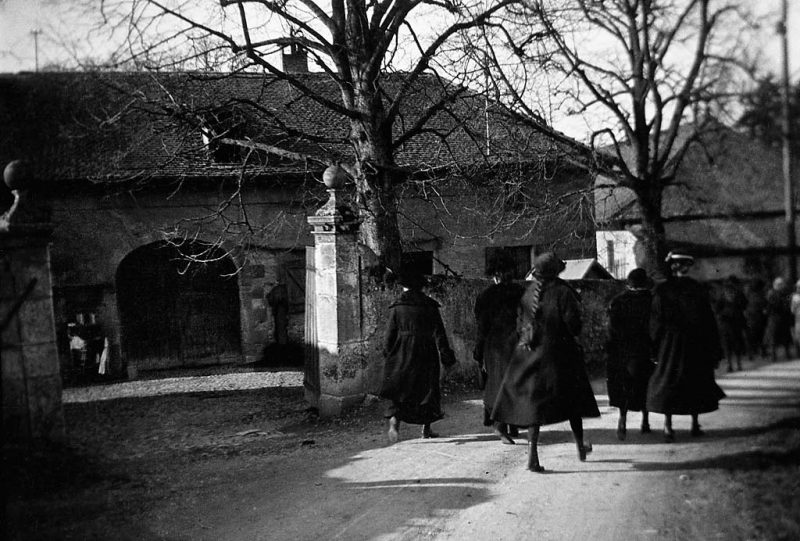
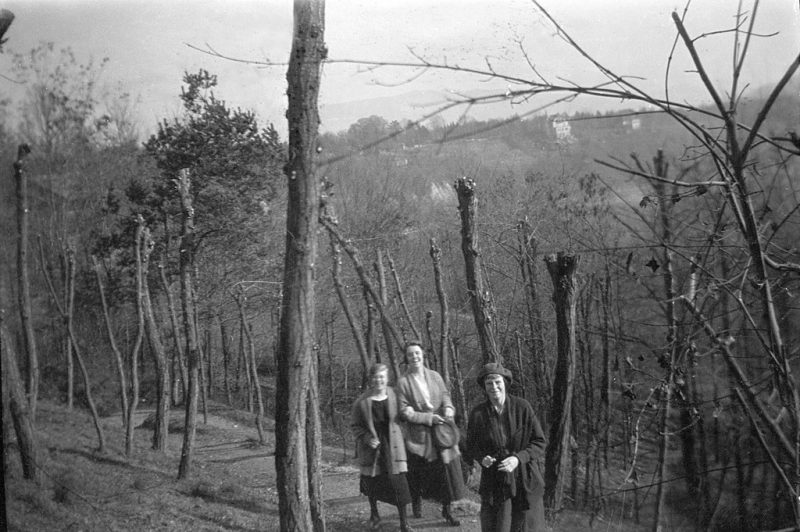
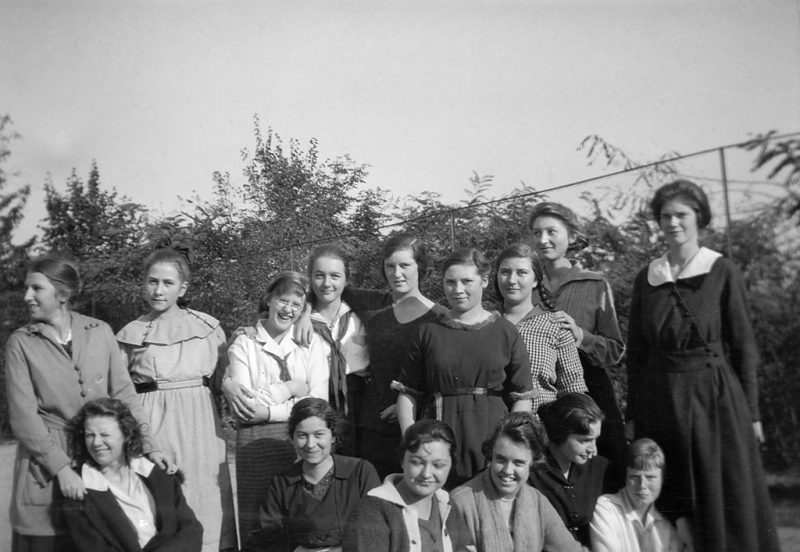
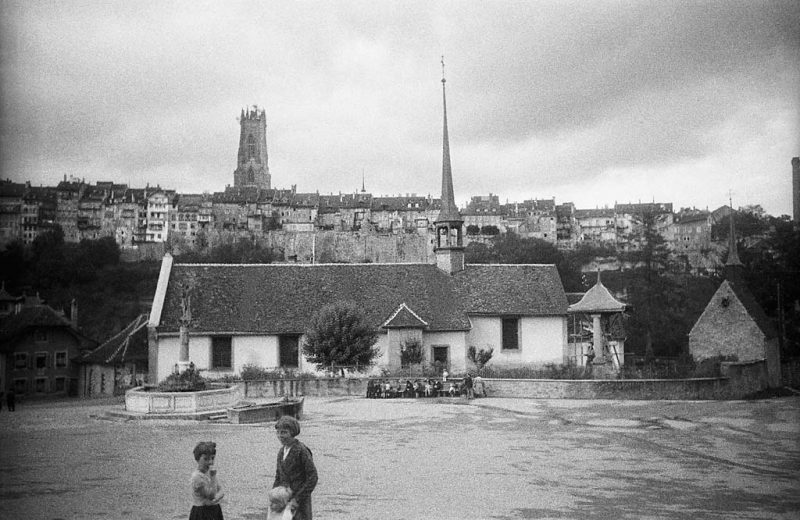
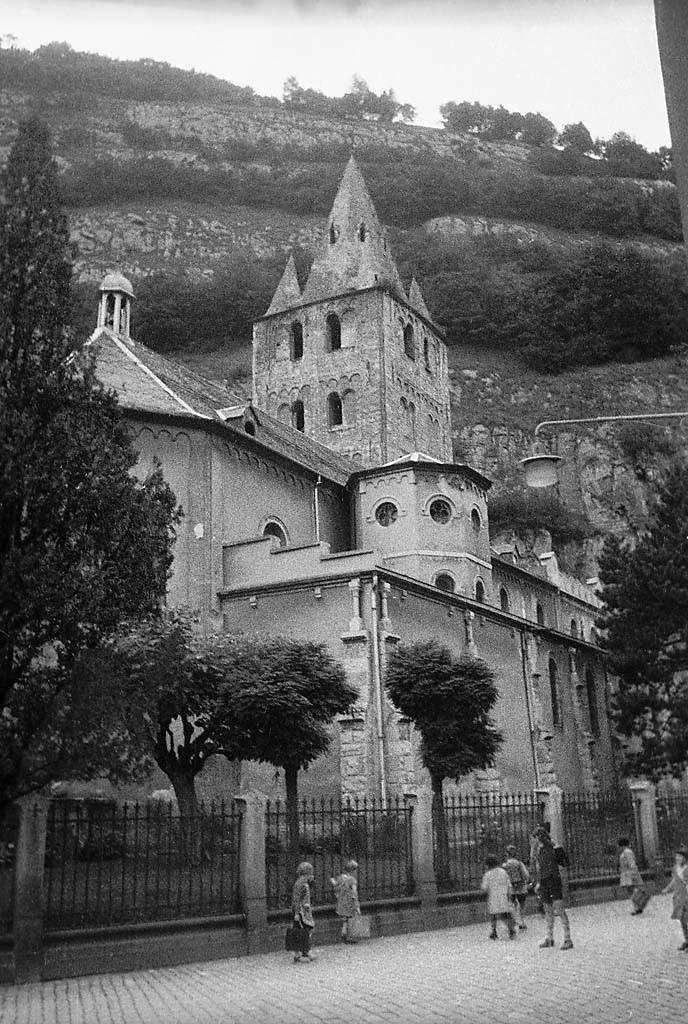
Switzerland was not invaded during either of the world wars. During World War I, Switzerland was home to Vladimir Illych Ulyanov (Vladimir Lenin) and he remained there until 1917.[33] Swiss neutrality was seriously questioned by the Grimm–Hoffmann Affair in 1917, but it was short-lived. In 1920, Switzerland joined the League of Nations, which was based in Geneva, on condition that it was exempt from any military requirements.
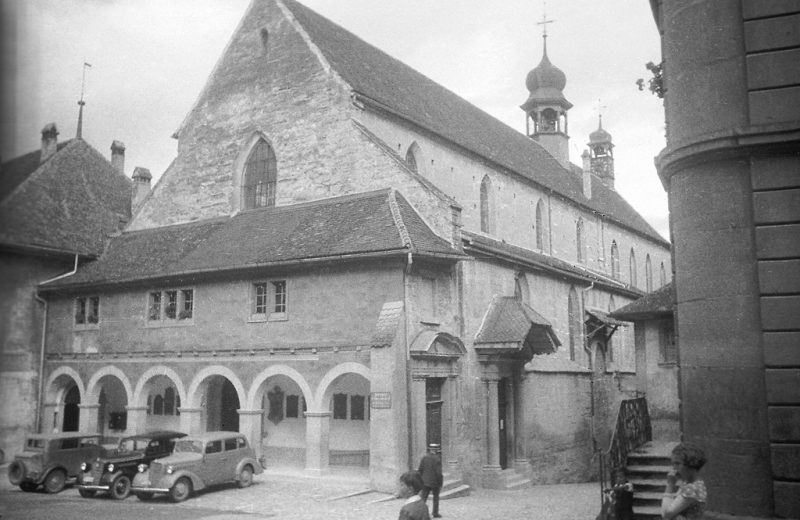
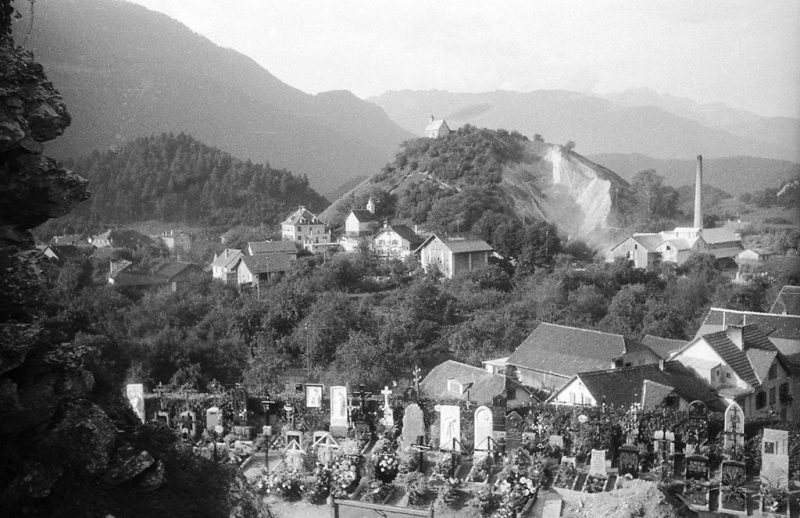
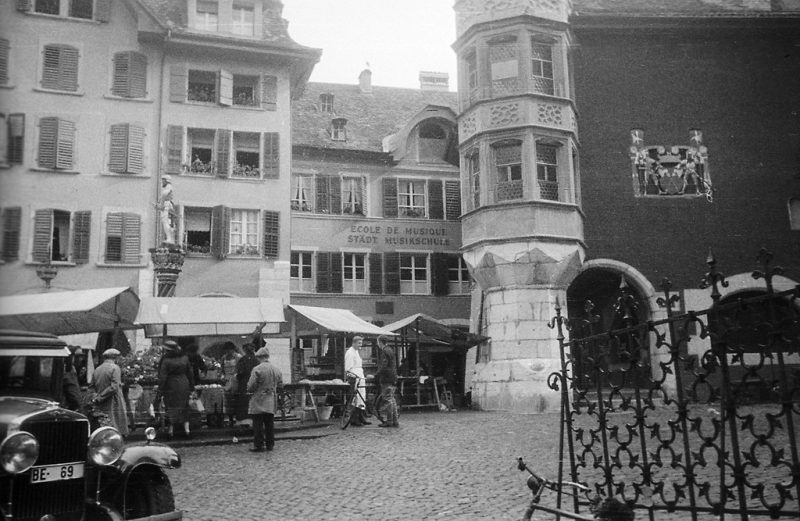
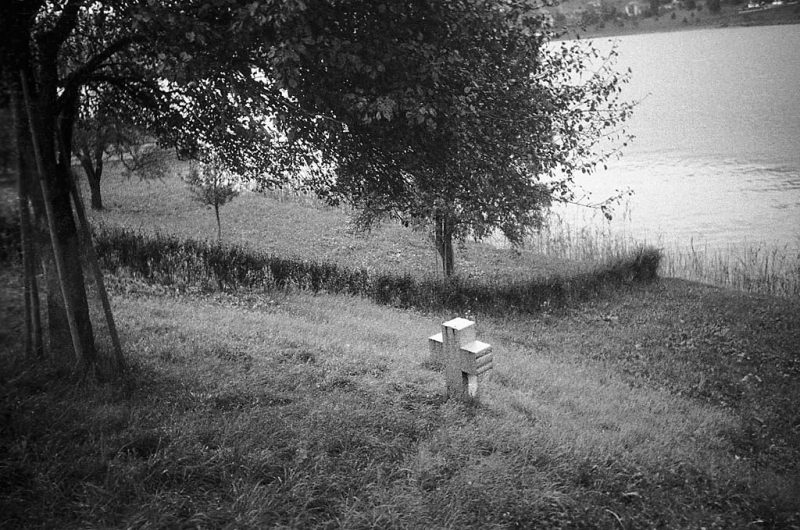
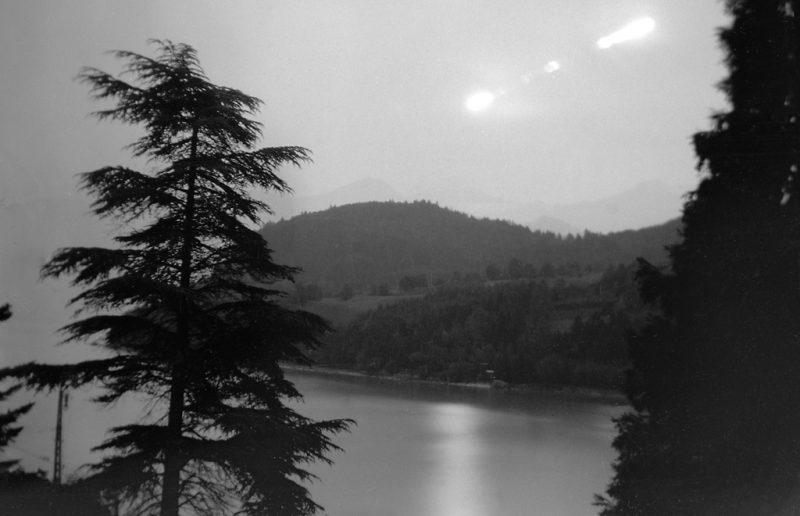
During World War II, detailed invasion plans were drawn up by the Germans,but Switzerland was never attacked.Switzerland was able to remain independent through a combination of military deterrence, concessions to Germany, and good fortune as larger events during the war delayed an invasion.Under General Henri Guisan central command, a general mobilisation of the armed forces was ordered. The Swiss military strategy was changed from one of static defence at the borders to protect the economic heartland, to one of organised long-term attrition and withdrawal to strong, well-stockpiled positions high in the Alps known as the Reduit. Switzerland was an important base for espionage by both sides in the conflict and often mediated communications between the Axis and Allied powers.
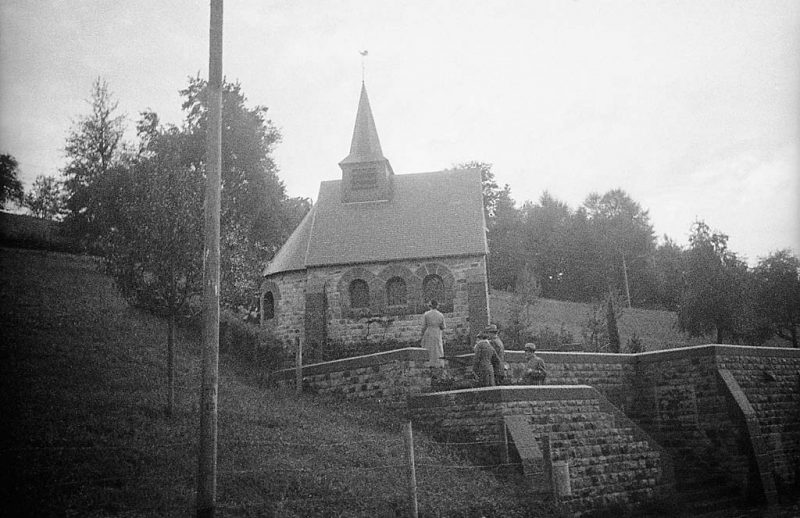
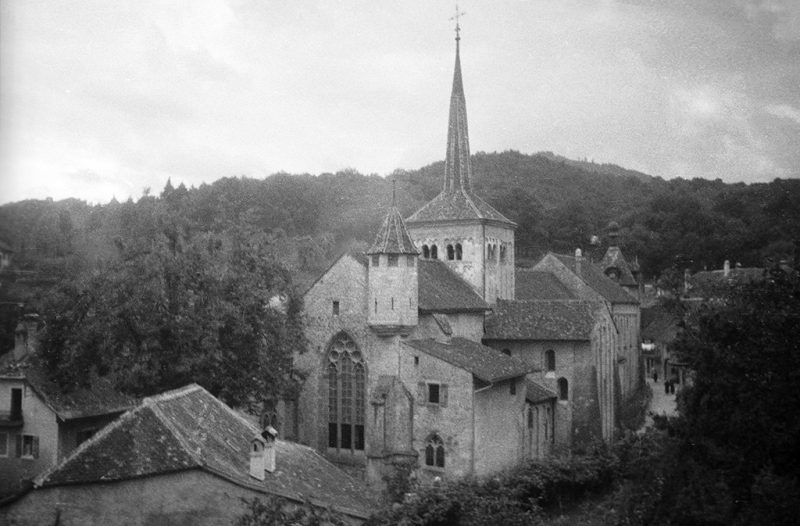
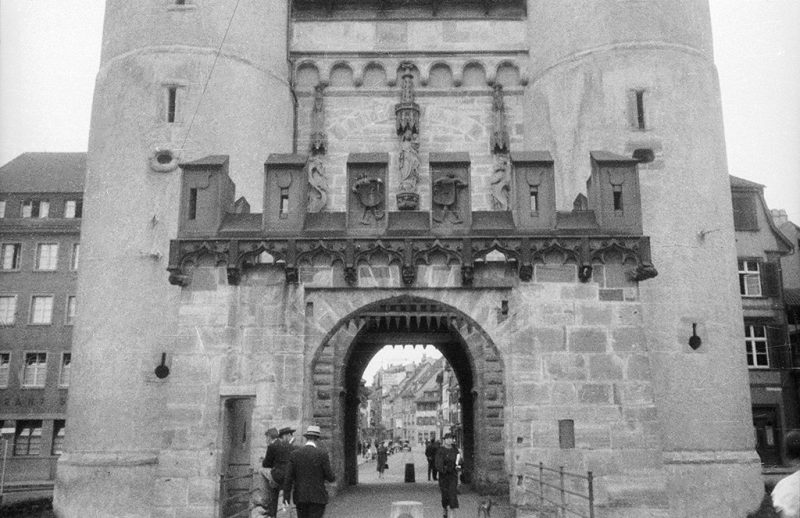
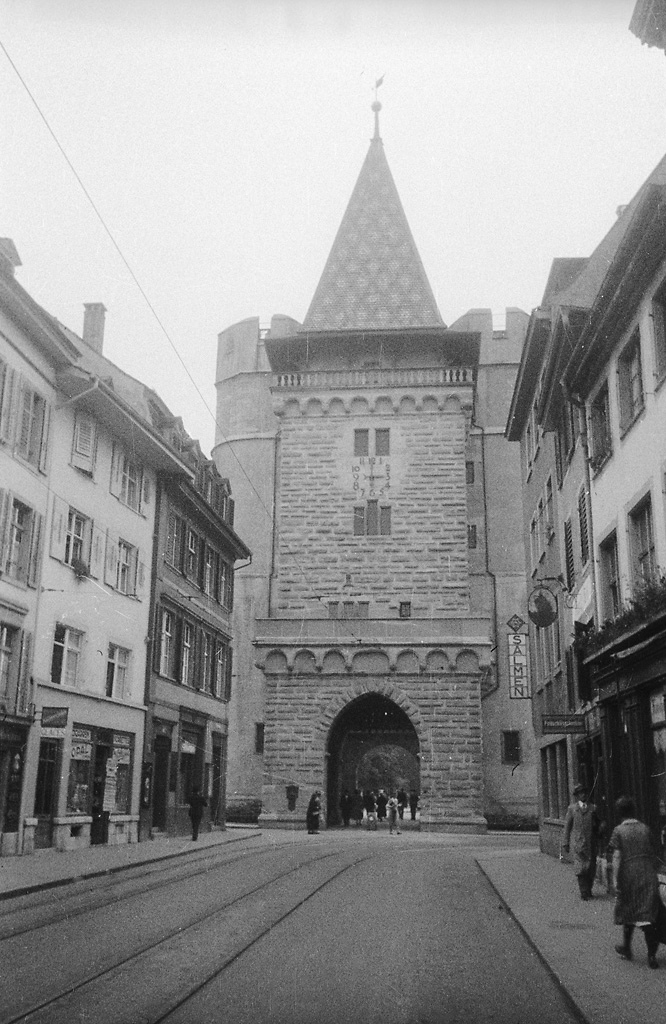
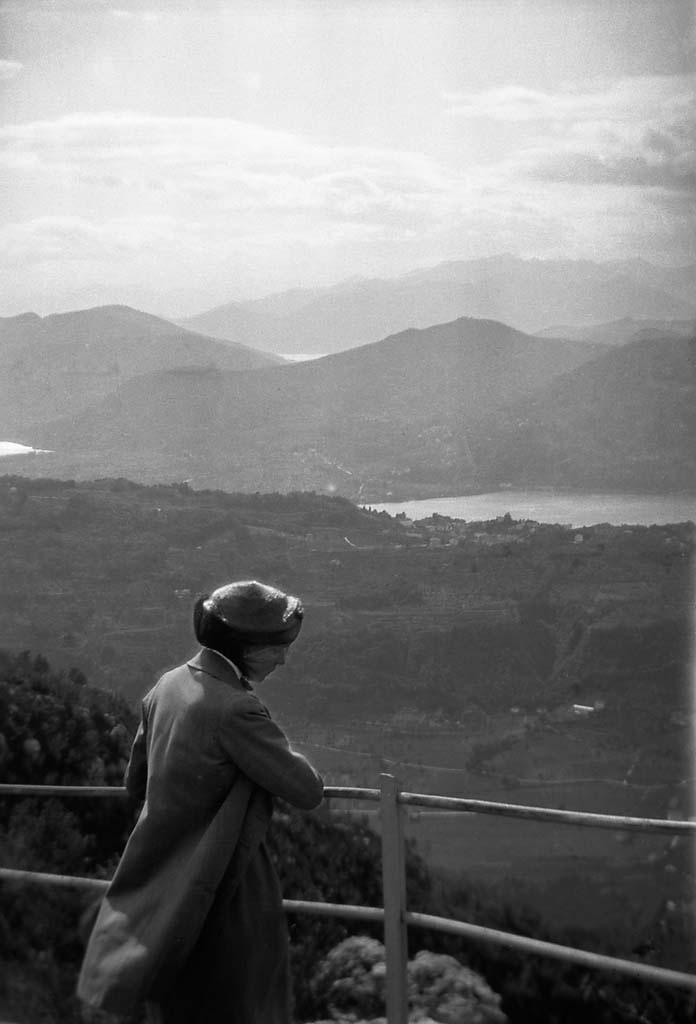
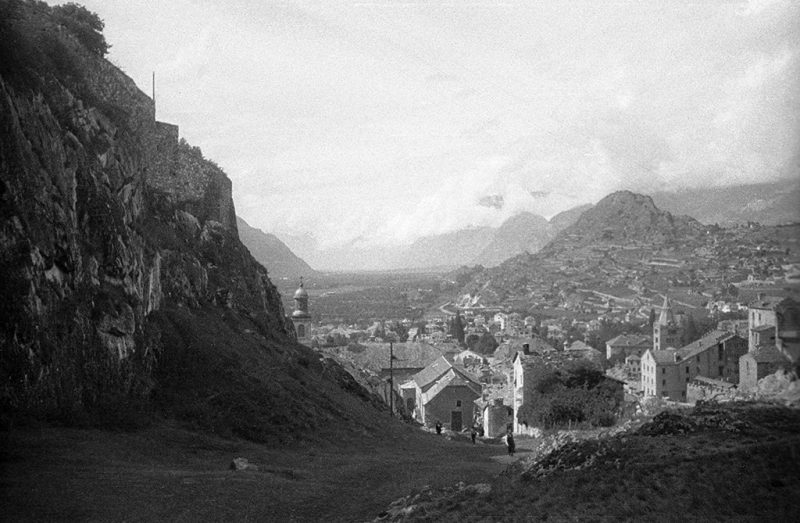
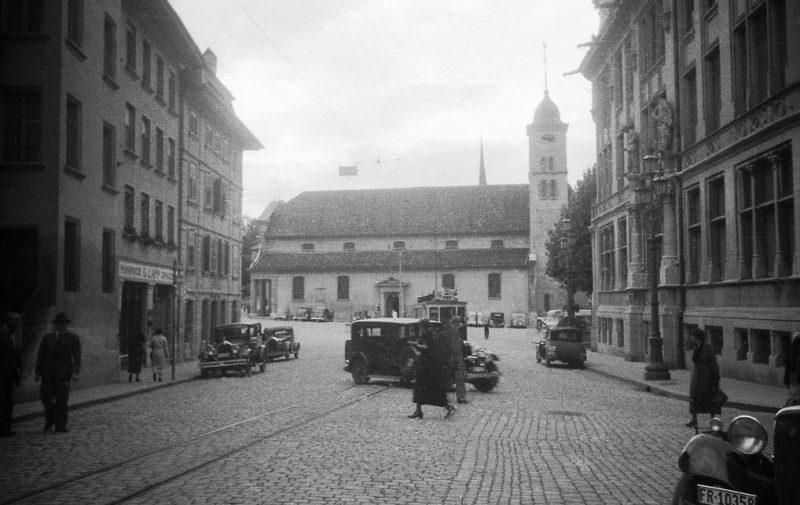
During the war, the Swiss Air Force engaged aircraft of both sides, shooting down 11 intruding Luftwaffe planes in May and June 1940, then forcing down other intruders after a change of policy following threats from Germany. Over 100 Allied bombers and their crews were interned during the war. During 1944–45, Allied bombers mistakenly bombed a few places in Switzerland, among which were the cities of Schaffhausen, Basel and Zürich.
Photo Credit: Swedish National Heritage Board
